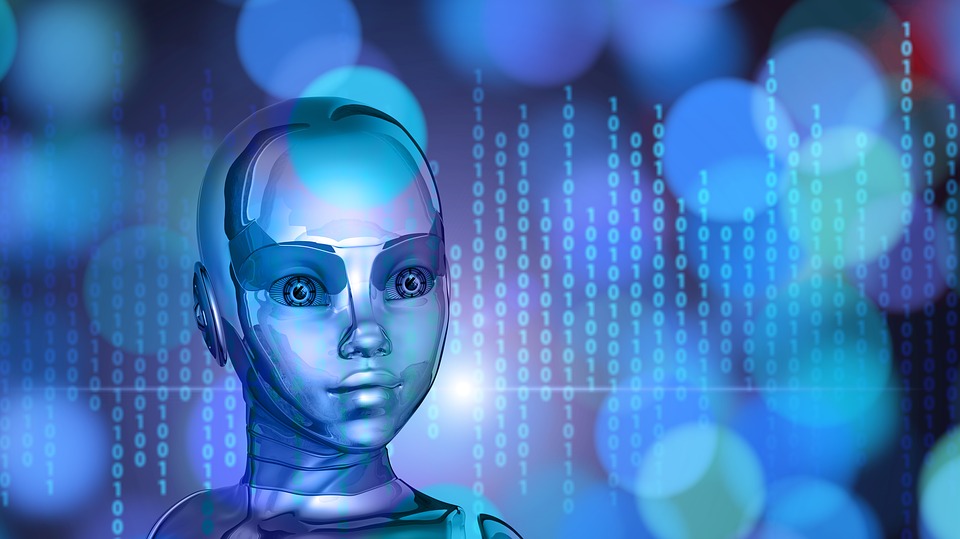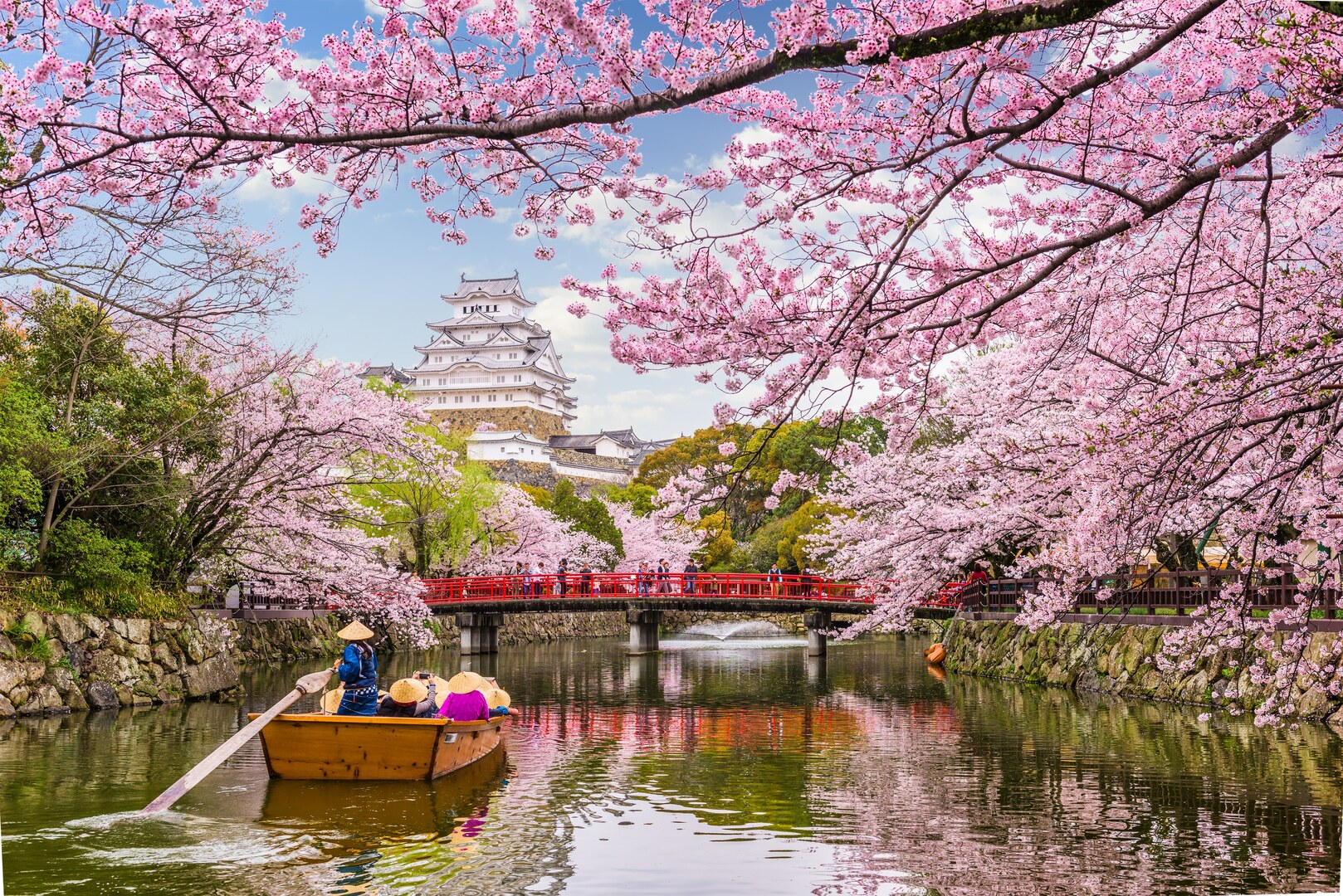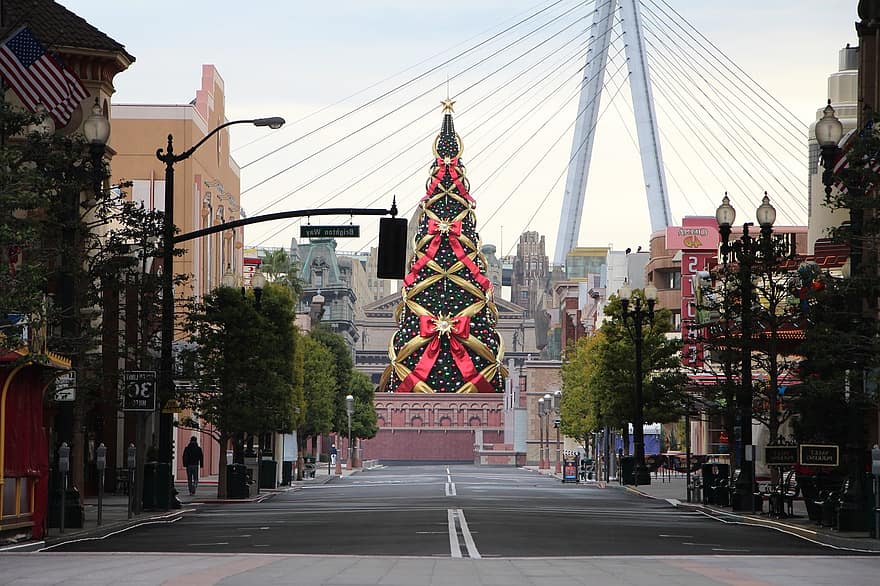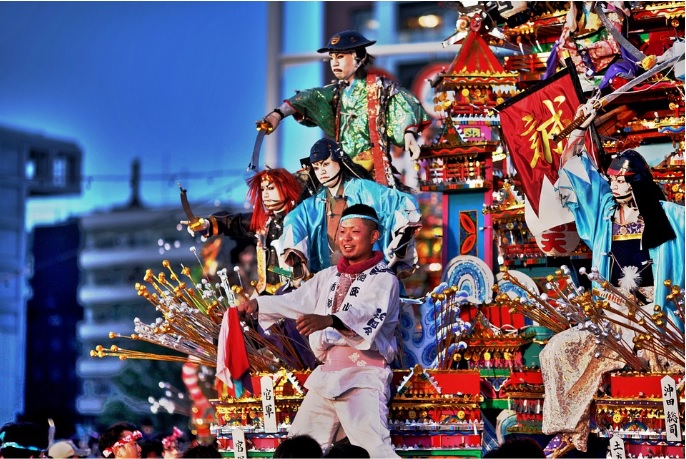
Japan is both a country of traditions and modern things. The Japanese pushed forward an industry minded education and studied technology. Even after the crippling world war, the country rose from shambles and became one of the richest countries in Asia and the world. They further invested in factories and infrastructure and improved quality over quantity. Today, Japan ranks third in the world’s biggest economies from 2019 to 2020 (1) and continuously made innovations in engineering, healthcare, robotics, astronomy and electronics. Japan offers numerous places where you could find high tech inventions.
1. World’s first touchable hologram (Utsunomiya University Center for Optical Research and Education, Tochigi Prefecture)
Holograms are common in science fiction movies such as in movies - Star Wars, Star Trek and Avatar. It’s a technology that allows you to see a 3D dimensional object that is viewable in any angles. Versions of a hologram made such 3D presentations but without the possibility of touching the 3D (unless you want to get burned by a laser) until Japanese scientists made the first touchable holograms - that’s it you can play around with the image. Dubbed as fairy lights, the scientists used femtosecond laser (1,000 to 200,000 pulses per second). The laser pulses respond to touch thus allowing it to be disrupted.
2. Tanegashima space center, Mazu, Kukinaga, Minamitane-cho, Kumage-gun, Kagoshima, Tanegashima Japan.
Operated by the Japan Aerospace Exploration Agency (JAXA), Tanegashima Space Center (TSC) provides launching sites for the Japanese probes and satellites such as the Hayabusa, SELENE, DRTS, GEOTAIL and some completed missions. TSC comprises facilities such as the vehicle assembly buildings, Takesaki range control center and Yoshinobu launch complex.
3. Advance humanoid robots (University of Tokyo, Osaka University)
Researchers at the University of Tokyo made an advanced humanoid robot. Nicknamed Kenshiro and Kengoro, the two robots can carry out movements such as backbends, push-ups, pull-ups and badminton. The robots can mimic the degree of freedom such as turning their head sideways and standing on its toes.
Another is the humanoid robot named Erica. The Ishiguro laboratories that made Erica told that the android can recite scripted writing, sit in a chair, converse with humans using a speech-generation algorithm, track faces, move shoulders, neck and waist.
4. Honda’s Asimo (Aoyama-itchome, Tokyo Metro)
Honda, the maker of vehicles and power equipment, has its high-tech member named ASIMO or Advanced Step in Innovative Mobility. The robot can run up to 5.5 mph, balance with a foot, map an environment with its camera eyes, avoid collisions, kick a ball, climb stairs, grasp objects and write in English and Japanese. ASIMO relies on computer programs and commands via laptop, gestures, voice commands and wireless gestures.
5. High-tech toilet - Lixil (Kasumigaseki, Chiyoda-ku, Tokyo) and Toto (Kitakyushu, Tokyo)
High-tech toilets are common in Japanese homes and public places. They feature a control panel found on the right side of the toilet. Such a control panel includes buttons and functions for nozzle pressure, power, deodorizer, energy saving mode, seat temperature control, temperature water control and water jet. The high-tech toilet is the answer to the Japanese sense of cleanliness. Toto and Lixil were the two Japanese companies that made these high-tech toilets.
6. Vending machines (Around Tokyo and most cities)
Vending machines are a type of concession machines that sell food item and non-edible items. Vending machines are a common sight in Tokyo and most cities where they provide instant food drink and snacks to busy commuters and workers. The popularity skyrocketed (after all you don’t need a human vendor) among entrepreneurs who want a side or full income. These vending machines morphed from an only-food machine into one that can give anything that you wish for (even weird ones).
* Ties
* Fresh underwear
* Hamburger
* Prayer cards
* Energy drink
* Umbrellas
* Sushi socks
* Condoms
* Playboy coffee
* Eggs
7. Capsule hotels (Around Tokyo and other cities)
Due to innovations or crowded space and a need for reduced rentals, the Japanese invented capsule hotels. This tube and low budget accommodations can provide guests with beds, air conditioning system, TV and alarm clock. Capsule hotels reminisce those tube dwellings found in sci-fi movies.
8. Calorie scanners (Panasonic headquarters, Kadoma, Osaka Prefecture)
For dieters who want to lose weight, knowing calories is an important part of a weight-loss regimen. The lower the calories, the less it can cause weight gain. Just recently, Panasonic, known for its electronics, made CaloRieco, a calorie scanner that stores nutritional data with a 20% accuracy range and scans within 10 seconds that is faster than current calorie scanners. On its website, Panasonic described that CaloRieco can record data such as nutrients and calories. Indeed, this calorie scanner is a blessing for diabetic patients and dieters.
Japan as the land of the rising sun is also the land of the continuously rising innovation and technology. These innovative and futuristic things can make your travel in the country worthwhile as you learn more things about the Japanese contributions to the society and world.





